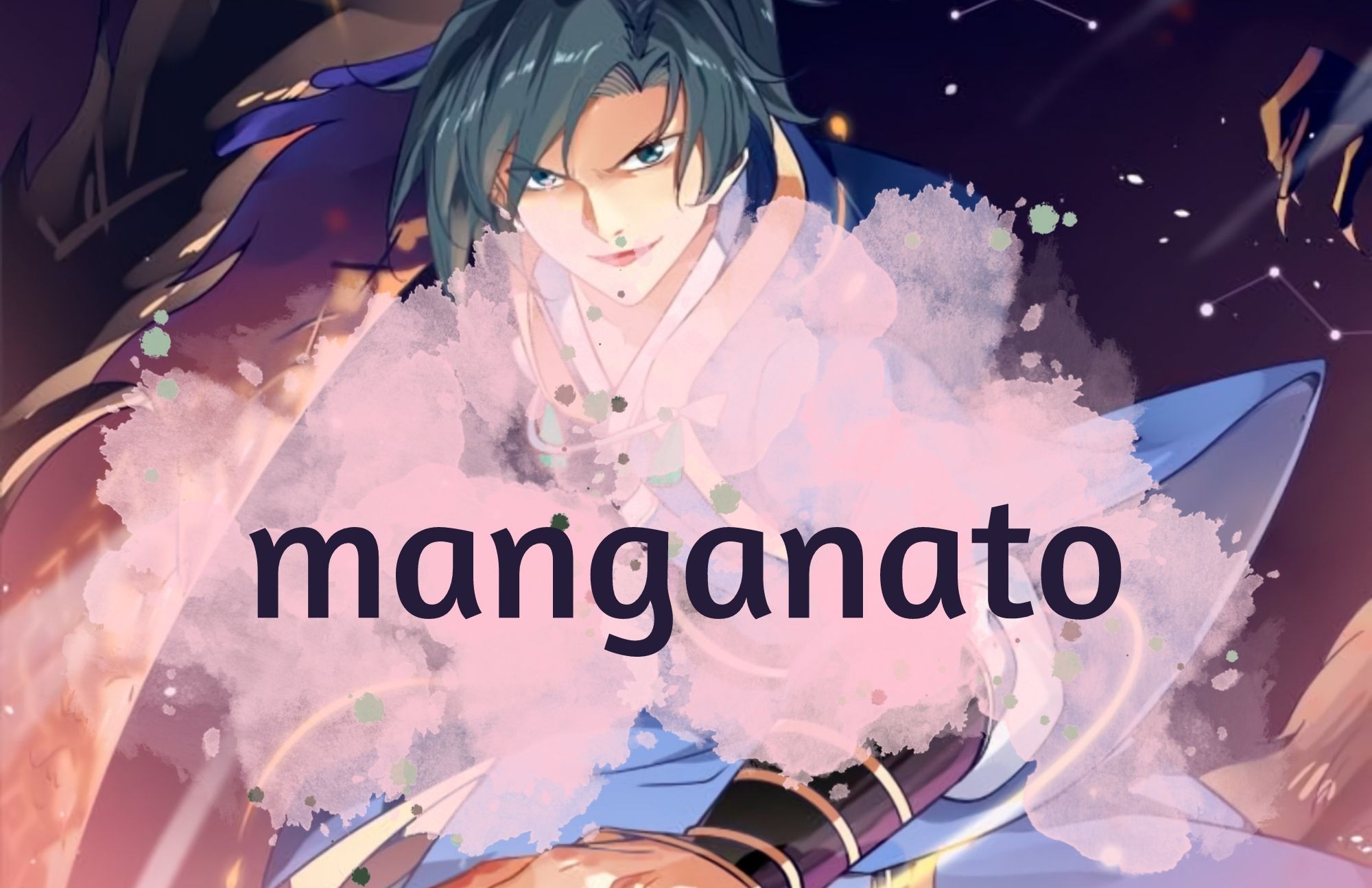Art has a rich and diverse history that spans millennia. It read manga on manganato began with prehistoric cave paintings, where early humans depicted their daily lives, rituals, and the world around them. As civilizations flourished, so did the art forms they created. Ancient Egypt produced stunning hieroglyphics and sculptures, while the Renaissance era gave birth to iconic works like Leonardo da Vinci’s Mona Lisa and Michelangelo’s David.
The Diversity of Art Forms
One of the most captivating aspects of the arts is its sheer diversity. Painting, sculpture, and architecture are the traditional cornerstones of the art world, each offering its unique method of expression. However, the boundaries of art have expanded exponentially in recent years. Contemporary artists now embrace digital art, street art, performance art, and installations, pushing the limits of creativity.
Art as a Mirror of Society
Art is not only a reflection of individual creativity but also a mirror of the society it emerges from. Throughout history, artists have used their work to comment on social, political, and cultural issues. Picasso’s Guernica powerfully conveyed the horrors of war, while the feminist art movement of the 1970s challenged gender norms and inequality. Today, artists continue to tackle contemporary issues, from climate change to social justice, through their creations.
The Healing Power of Art
Beyond its role as a reflection of society, art possesses a unique therapeutic quality. Art therapy has gained recognition as a powerful tool for emotional and mental well-being. Creating art allows individuals to express their emotions, reduce stress, and explore their inner worlds. This therapeutic aspect of art has been harnessed to help people cope with trauma, anxiety, and other emotional challenges.
Art as a Gateway to Cultural Understanding
In an increasingly interconnected world, art serves as a bridge between cultures and nations. It provides a window into the beliefs, values, and traditions of different societies. Museums and galleries around the globe house collections that enable visitors to travel through time and space, experiencing the beauty and significance of art from various cultures.
The Future of Arts
As we step into the future, the world of art continues to evolve. Technology has opened up new avenues for creativity, from virtual reality installations to AI-generated art. The boundaries between traditional and digital art are blurring, and artists are exploring exciting possibilities in the digital realm. However, the fundamental essence of art—its ability to inspire, provoke thought, and connect people—remains unchanged.
